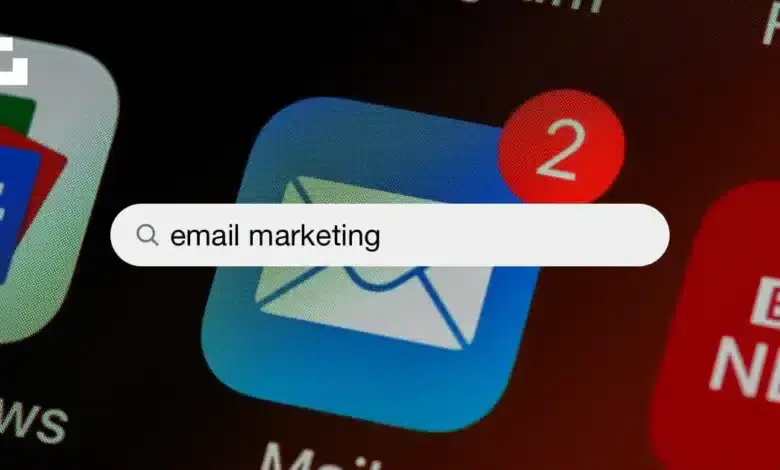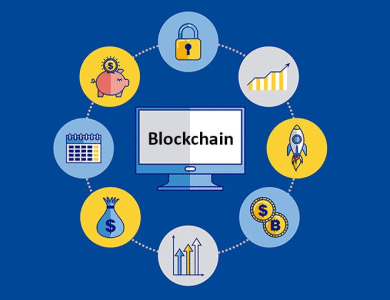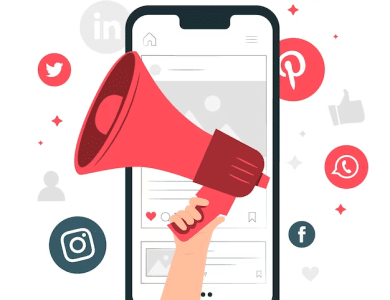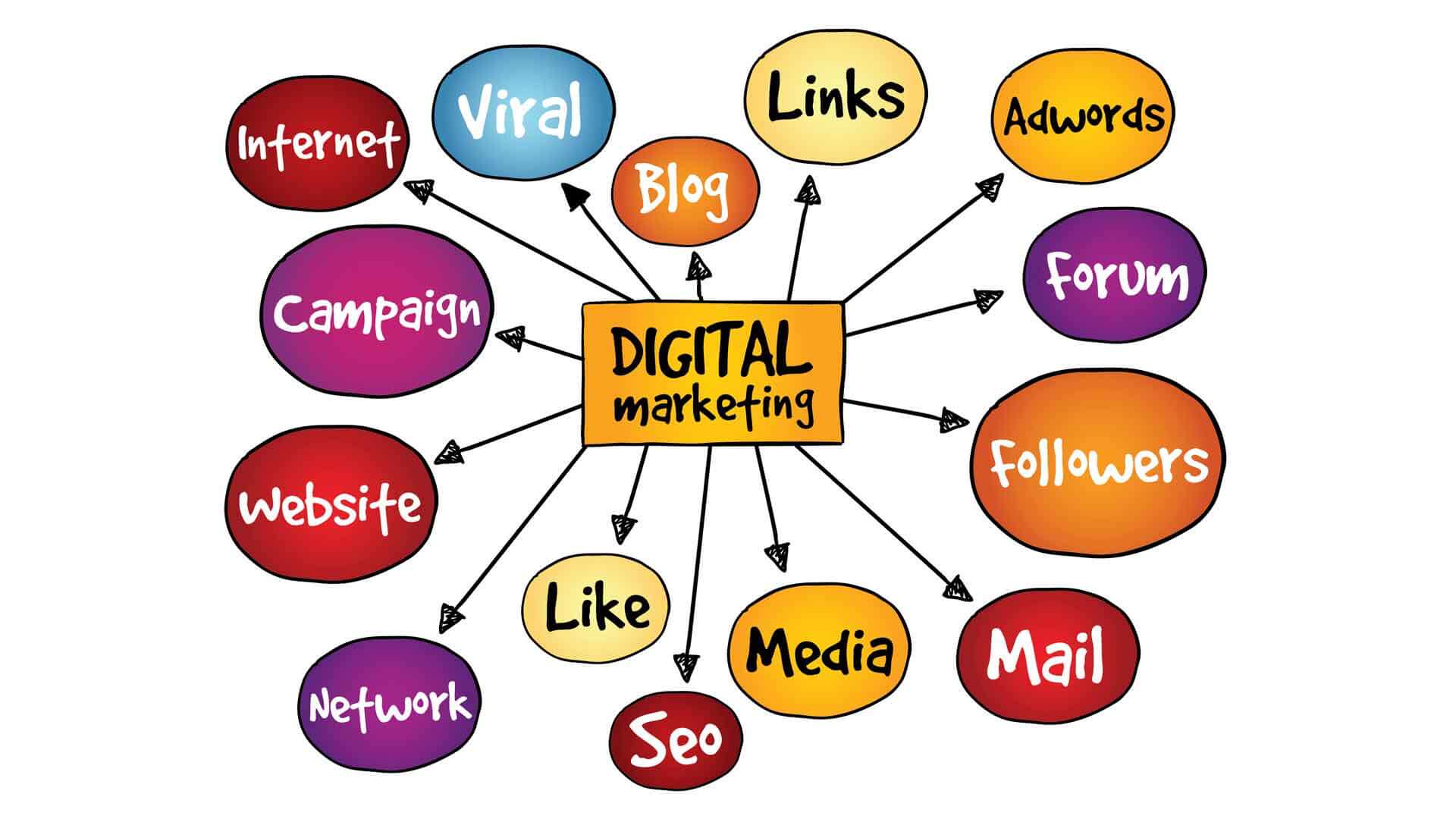
Email marketing has long been hailed as one of the most effective strategies for businesses to connect with their customers and drive conversions. In today’s digital age, where consumers are bombarded with advertisements and social media noise, email marketing offers a unique opportunity to cut through the clutter and deliver targeted messages directly to potential customers’ inbox. But does it really work? In this article, we will explore the power of email marketing and specifically focus on newsletters’ effectiveness.
Benefits of Email Marketing
Before diving into the specifics of newsletters, it is important to understand the overall benefits of email marketing. Firstly, email marketing allows businesses to reach a wide audience at a minimal cost. Unlike traditional advertising methods such as print or television, email campaigns can be created and sent out to thousands of recipients with just a few clicks. This saves money and ensures that the message reaches the right people.
Secondly, email marketing offers a high return on investment (ROI). According to a study conducted by the Direct Marketing Association, email marketing has an average ROI of $42 for every $1 spent. This is due to the fact that emails can be personalized and tailored to individual recipients, increasing the likelihood of engagement and conversion.
Finally, email marketing provides businesses with valuable data and insights. With the help of email marketing software, businesses can track open rates, click-through rates, and conversion rates of their campaigns. This data can then be used to analyze the effectiveness of different strategies and optimize future campaigns.
Email Marketing Statistics
To further emphasize the power of email marketing, let’s take a look at some compelling statistics. According to a report by Statista, the number of email users worldwide is projected to reach 4.48 billion by 2024. This massive user base presents a huge opportunity for businesses to connect with potential customers.
Furthermore, a study conducted by the Radicati Group revealed that the average office worker receives 121 emails per day. While this may seem like a lot, it highlights the fact that people are accustomed to checking their emails on a regular basis. By leveraging this habit, businesses can ensure that their messages are seen and heard.
Additionally, research by Campaign Monitor found that segmented email campaigns have a 14.31% higher open rate compared to non-segmented campaigns. This demonstrates the importance of targeting the right audience with personalized content.
Types of Email Marketing Campaigns
Email marketing encompasses a wide range of campaigns, each serving a different purpose and delivering unique results. Let’s take a look at some of the most common types of email marketing campaigns:
- Welcome Emails: These emails are sent to new subscribers or customers to introduce them to the brand and set the tone for future communication.
- Promotional Emails: Promotional emails are designed to showcase products or services and encourage recipients to make a purchase. These emails often include discounts, special offers, or limited-time deals.
- Abandoned Cart Emails: When customers add items to their online shopping cart but fail to complete the purchase, businesses can send abandoned cart emails to remind them of the products and incentivize them to complete the transaction.
- Re-engagement Emails: Re-engagement emails are sent to inactive subscribers to rekindle their interest and encourage them to become active once again. These emails may include special offers or exclusive content.
- Newsletter Emails: Newsletters are a popular email marketing form that provides subscribers with valuable content, updates, and insights. They are an effective way to build customer relationships and establish brand loyalty.
Creating an Effective Newsletter
Now that we have explored the different types of email marketing campaigns, let’s focus on the specific elements that make a newsletter effective. A well-crafted newsletter can engage readers, drive traffic to your website, and ultimately lead to conversions. Here are some tips for creating an effective newsletter:
- Define Your Objectives: Before creating a newsletter, it is important to define your objectives. Are you aiming to educate your audience, promote your products, or build brand awareness? By clearly defining your goals, you can tailor your content and design to meet those objectives.
- Segment Your Audience: Not all subscribers have the same interests or preferences. Segmenting your audience based on demographics, purchase history, or engagement levels allows you to deliver personalized content that resonates with each group.
- Design for Visual Appeal: A visually appealing newsletter is more likely to grab the attention of readers and encourage them to engage with the content. Use eye-catching images, colors, and fonts to create a visually appealing layout.
- Craft Compelling Subject Lines: The subject line is the first thing that recipients see in their inbox. A compelling subject line can entice readers to open the email and discover what’s inside. Avoid generic or spammy subject lines and focus on creating a sense of urgency or curiosity.
- Provide Valuable Content: Your newsletter’s content should provide value to the reader. Whether it’s educational articles, industry insights, or exclusive offers, make sure that your content is relevant, informative, and engaging.
- Include Clear Call-to-Actions: A call-to-action (CTA) is crucial to any newsletter. It directs readers to take a specific action, such as making a purchase, signing up for a webinar, or downloading a whitepaper. Make sure that your CTAs are clear, compelling, and easy to follow.
Designing Captivating Email Templates
In addition to the content, the design of your email template plays a major role in the success of your newsletter. Here are some tips for designing captivating email templates:
- Keep It Simple: A cluttered and busy email template can overwhelm readers and lead to a higher unsubscribe rate. Keep your design clean, simple, and focused on the main message.
- Use Responsive Design: With the increasing use of mobile devices, it is crucial to ensure that your email template is mobile-friendly. Responsive design allows your newsletter to adapt to different screen sizes, ensuring a seamless user experience.
- Add Visual Elements: Incorporate visuals, such as images or videos, to make your email template more visually appealing. Visual elements can help break up the text and make the content more engaging.
- Optimize for Scanning: Most people quickly scan through emails rather than reading them in-depth. Make sure that your email template is optimized for scanning by using headings, bullet points, and concise paragraphs.
- Brand Consistency: Your email template should reflect your brand identity and be consistent with your website and other marketing materials. Use your brand colors, logo, and fonts to create a cohesive and recognizable design.
Writing Compelling Email Content
While the design of your newsletter is important, the content is what will ultimately engage readers and drive action. Here are some tips for writing compelling email content:
- Craft a Strong Opening: Start your email with a strong and engaging opening that grabs the reader’s attention. Use a captivating hook or ask a thought-provoking question to pique their curiosity.
- Keep It Concise: People have limited time and attention spans, so keep your email content concise and to the point. Use short paragraphs, bullet points, and subheadings to make the content easy to read and digest.
- Personalize the Content: Personalization is key to capturing the reader’s interest. Use the recipient’s name in the email, tailor the content based on their past interactions or preferences, and make the email feel like a one-on-one conversation.
- Include a Clear Value Proposition: Clearly communicate the value or benefit that the reader will receive by engaging with your email. Whether it’s exclusive offers, educational content, or industry insights, make sure that the value proposition is front and center.
- End with a Strong Call-to-Action: Just like in your newsletter, include a clear and compelling call-to-action at the end of your email. Make it easy for the reader to take the desired action by providing clear instructions and a prominent button or link.
Building an Email List
To effectively leverage the power of email marketing, you need to have a strong and engaged email list. Here are some strategies for building an email list:
- Encourage Opt-ins: Make it easy for website visitors to opt-in to your email list by placing sign-up forms or pop-ups on your website. Offer incentives such as exclusive content, discounts, or freebies to encourage sign-ups.
- Promote on Social Media: Leverage your social media channels to promote your newsletter and encourage people to sign up. Include links to your sign-up forms or landing pages in your social media profiles and posts.
- Run Contests or Giveaways: Contests and giveaways are a great way to generate excitement and encourage people to sign up for your newsletter. Offer a valuable prize and require participants to sign up to enter the contest.
- Collaborate with Influencers: Partner with influencers or industry experts to co-create content or host webinars. This can help you reach a wider audience and attract new subscribers to your email list.
- Optimize Landing Pages: When driving traffic to your website, make sure that your landing pages are optimized for conversions. Clearly communicate the value of your newsletter and provide a simple sign-up form.
Email Marketing Automation
Managing and sending out individual emails to each subscriber can be time-consuming and inefficient. Email marketing automation allows businesses to streamline their email campaigns and deliver personalized messages at scale. Here are some benefits of email marketing automation:
- Save Time and Resources: With automation, you can set up email workflows and triggers that automatically send out emails based on specific actions or time intervals. This saves you time and frees up resources to focus on other important tasks.
- Deliver Personalized Messages: Automation tools allow you to segment your audience and deliver personalized messages based on their behavior, preferences, or demographics. This increases the relevance and effectiveness of your emails.
- Nurture Leads: Automation workflows can be used to nurture leads and guide them through the customer journey. By sending targeted and timely emails, you can build trust, establish authority, and drive conversions.
- Improve Engagement: Automated emails can be triggered based on specific actions, such as abandoned carts or completed purchases. This allows you to deliver relevant content at the right time, increasing engagement and encouraging repeat business.
- Track and Analyze Campaigns: Most email marketing automation platforms provide robust analytics and reporting features. This allows you to track the performance of your campaigns, measure key metrics, and optimize your strategies for better results.
Analyzing and Optimizing Email Campaigns
To ensure the success of your email marketing efforts, it is crucial to continuously analyze and optimize your campaigns. Here are some strategies for analyzing and optimizing your email campaigns:
- Track Key Metrics: Use email marketing software to track key metrics such as open rates, click-through rates, conversion rates, and unsubscribe rates. Analyzing these metrics will provide insights into the effectiveness of your campaigns.
- A/B Testing: A/B testing involves sending two variations of an email to a small segment of your audience and measuring the performance of each variation. This allows you to test different subject lines, content, or design elements to find what works best.
- Segmentation and Personalization: Continuously refine and update your audience segments based on engagement levels, demographics, or purchase behavior. Use this data to deliver more targeted and personalized content.
- Cleanse Your Email List: Regularly clean your email list by removing inactive subscribers or invalid email addresses. This ensures that your campaigns are reaching engaged and interested recipients.
- Listen to Feedback: Pay attention to feedback from your subscribers and use it to improve your campaigns. Encourage recipients to provide feedback through surveys, polls, or direct replies to your emails.
The Future of Email Marketing
With the rise of social media and other digital marketing channels, some may question the future of email marketing. However, email marketing continues to evolve and remains a powerful tool for businesses. Here are some trends that will shape the future of email marketing:
- Mobile Optimization: As more people access their emails on mobile devices, optimizing email templates and content for mobile will become even more important. Responsive design, concise content, and clear CTAs will be crucial for success.
- Interactive Emails: Interactive elements such as polls, quizzes, and surveys are gaining popularity in email marketing. These elements provide a more engaging and interactive experience, giving recipients a reason to spend more time with your emails.
- Artificial Intelligence: AI-powered tools are revolutionizing email marketing. From personalized product recommendations to automated content generation, AI can help businesses deliver highly targeted and relevant emails at scale.
- Personalization at Scale: Personalization will continue to be a key focus in email marketing. Advances in automation and AI will enable businesses to deliver personalized content to large audiences, based on individual preferences and behaviors.
- Integration with Other Channels: Email marketing will continue to integrate with other marketing channels such as social media, content marketing, and customer relationship management (CRM). This integration will allow businesses to create seamless and personalized customer experiences across multiple touchpoints.
Conclusion
In conclusion, email marketing remains a powerful and effective strategy for businesses to connect with their customers, drive conversions, and build brand loyalty. Newsletters, as a type of email marketing campaign, offer businesses an opportunity to deliver valuable content, engage with their audience, and establish themselves as industry leaders. By following the tips and strategies outlined in this article, businesses can unlock the power of email marketing and leverage its potential to achieve their marketing goals. So, don’t underestimate the power of email marketing and start harnessing its benefits today!













